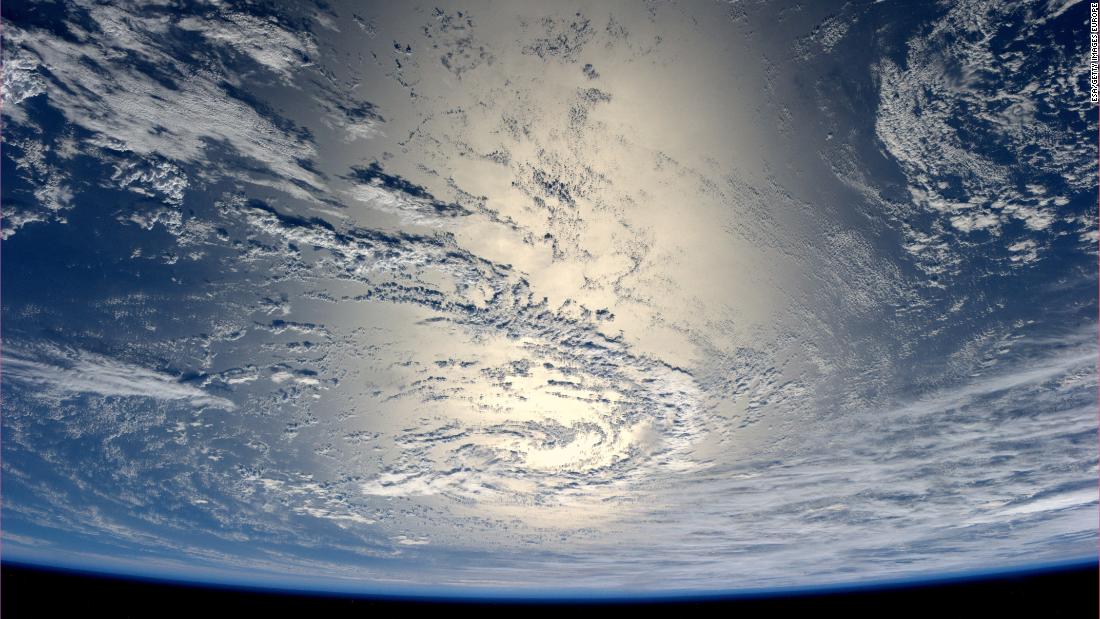
Scientists noted a spike in the amount of chlorofluorocarbons, or CFCs, in the atmosphere last year, despite a global ban on their use. The source of the emissions remained unknown, however, sparking concerns that it could hamper years of international effort to repair the protective ozone layer.
CFCs used to be common in refrigerators, aerosol cans and dry cleaning chemicals. But they were banned under the Montreal Protocol of 1987, after it was discovered they contributed to the creation of a giant hole in the ozone layer that forms over Antarctica each September. A global phaseout of CFCs has been in place since 2010.
The ozone layer, a fragile shield of gas, protects animal and plant life on Earth from powerful UV rays. When the ozone layer is weakened, more UV rays can get through and affect humans, making them prone to skin cancer, cataracts and other diseases. There also may be consequences for plant life, including lower crop yields and disruptions in the ocean's food chain.
After concerted global action, the hole in the ozone layer was gradually beginning to mend, but last year, scientists at the US National Oceanic and Atmospheric Administration discovered a sharp rise in CFCs from an unknown source.
An international study published in the journal Nature this week pinpointed the source to eastern China. Previously, it had been suggested the source was in Asia, but scientists were unable to identify which country the emissions came from.
"Initially our monitoring stations were set up in remote locations, far from potential sources. This was because we were interested in collecting air samples that were representative of the background atmosphere, so that we could monitor global changes in concentration," the study's co-author, Ron Prinn of the Massachusetts Institute of Technology, said in a statement.
Teams in South Korea and Japan collaborated with scientists in the UK, Switzerland and the United States to develop a sophisticated computer model to determine the source of the CFC emissions.
"From the Korean and Japanese data, we used our models to show that emissions of CFC-11 from north eastern China had increased by around 7,000 tons per year after 2013, particularly in or around the provinces of Shandong and Hebei," said Luke Western, a University of Bristol atmospheric modeler. "We didn't find evidence of increasing emissions from Japan, the Korean peninsula or any other country to which our networks are sensitive."
Matt Rigby, a lead author of the study, said the team looked at whether the spike in emissions could be from products created before the phaseout in 2010, but they concluded that "the most likely explanation is that new production has taken place, at least prior to the end of 2017, which is the period covered in our work."
"It is now vital that we find out which industries are responsible for the new emissions," Rigby said. "If the emissions are due to the manufacture and use of products such as foams, it is possible that we have only seen part of the total amount of CFC-11 that was produced. The remainder could be locked up in buildings and chillers and will ultimately be released to the atmosphere over the coming decades."
In a statement, China's Ministry of Ecology and Environment said it "has been cracking down on the illegal production, use, sale, import and export of ODS in accordance with Montreal Protocol, especially after the previous Nature article published in last May."
"The Chinese government is grateful to the international scientists for the long-term monitoring of CFC-11, and for timely warning the relevant parties to notice the problems and take measures in accordance with Montreal Protocol," the statement said. "However, the Chinese government thinks the latest published paper still has the major uncertainties of estimating the emission amount and locating the emission sources."
Martyn Chipperfield, professor of atmospheric chemistry at the University of Leeds in the UK, previously told CNN that although they're concerning, the new emissions would not be catastrophic for the recovery of the ozone layer.
"Atmospheric chlorine levels are still decreasing but more slowly than expected," he said. "This will cause some delay in the recovery of the ozone layer from past depletion, but that recovery will still happen. Nevertheless, scientists and policy makers will want to understand the cause of these unexpected CFC-11 emissions."
Bagikan Berita Ini














0 Response to "Spike in banned ozone-eating CFC gases linked to China in new research"
Post a Comment